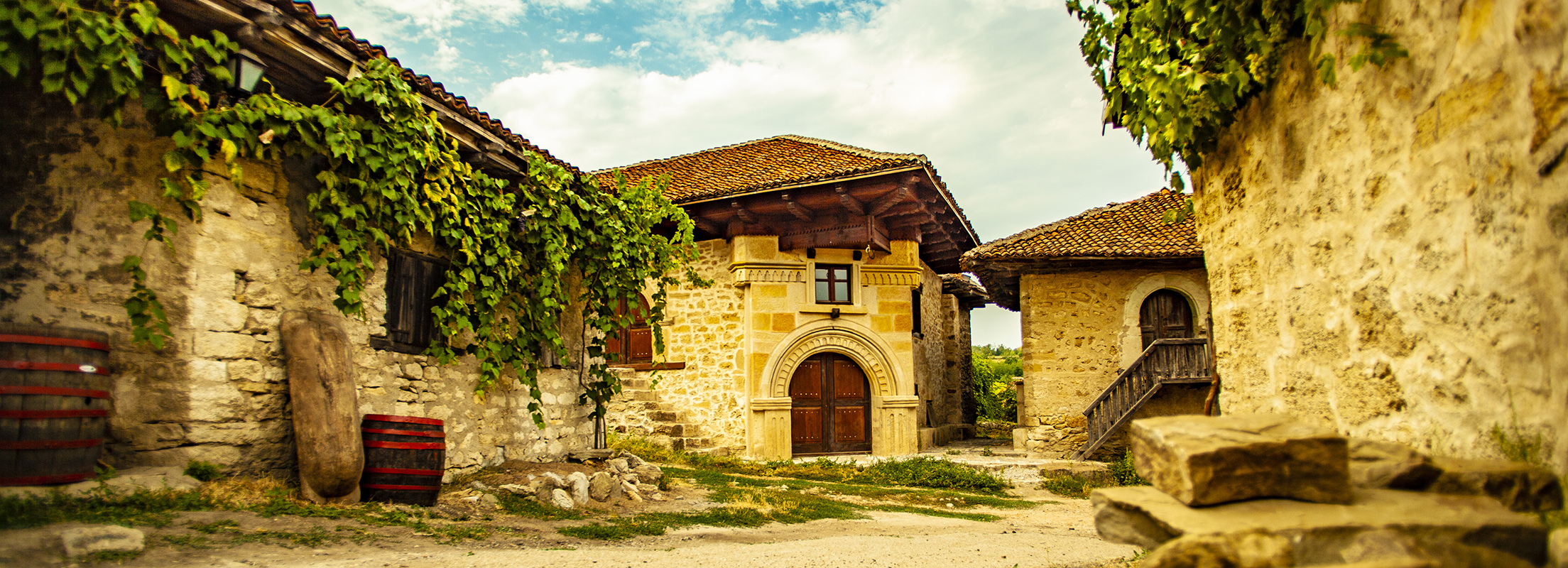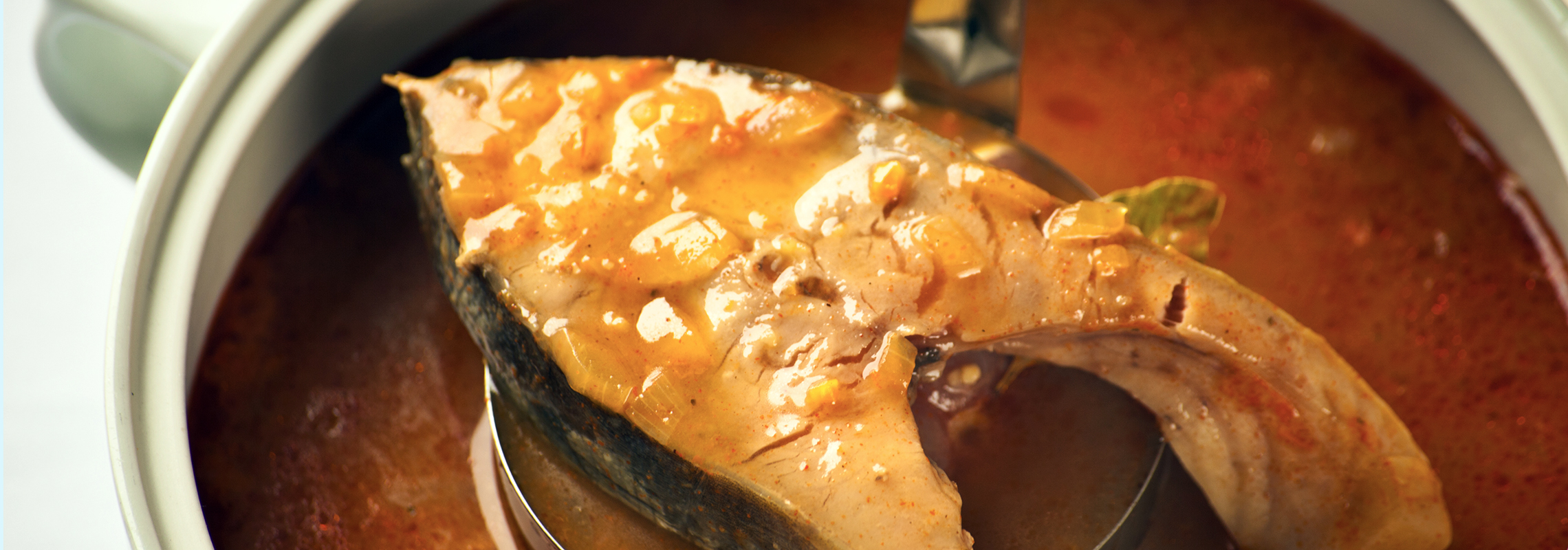

Situated in the three-border area where Serbia, Romania and Bulgaria meet, in the easternmost part of the country, Negotin is a small city of extravagant beauty and immense historical importance.
It is known for its winemaking tradition of more than seven centuries, which is still cherished both in the city itself and in its neighbouring villages.
The diverse cultural heritage of this region dates all the way to the Neolithic period.
In addition to its splendid nature, the vicinity of the rivers Danube and Timok and mountains Deli Jovan and Miroč, another distinctive feature of Negotin is its unusual climate. It enjoys extremely hot summers and cold winters, which makes the area pleasant to live in and ideal for growing fruits and vegetables, including grapes, of course.
It is believed that Negotin was built in the 14th Century, as Serbia fell to Ottoman rule. It had a prominent role in the First Serbian Uprising, when local soldiers, led by the famous Serbian commander Hajduk Veljko, withstood the attacks of the Turkish army, who vastly outnumbered them.Today, Negotin is a modern city that relishes in festivities which are guaranteed to make your stay here an unforgettably fun experience. Festivals include the music festival Days of Mokranjac, the sports event The Danube Days, the Honey and Wine Fair and the traditional grape harvest. No wonder then that this tiny city, in the far east of the country, is the setting for many a tale of wine, song, dance and bravery.Many distinguished Serbs were born in Negotin, including famous Serbian composer Stevan Stojanović Mokranjac and physicist Đorđe Stanojević, who designed the first hydropower plants in Serbia.
Vratna Gates and Mokranje Rocks
On the slopes of mount Miroč, in the valley of the river Vratna, there are three large natural openings in rocks, known as Velika prerast (Large Stone Bridge), Mala prerast (Small Stone Bridge) and Suva prerast (Dry Stone Bridge). The grandiose gates surrounded by pristine nature, towering dozens of metres above the ground, will let you experience the full might of the natural forces which carved these gates in rocks many years ago.
Mokranjske Rocks, the place where the Sokolska river created a small waterfall that flows into a tiny lake at its bottom, is an ideal spot for relaxing and bathing.
Deli Jovan
A visit to Deli Jovan, a densely forested mountain in the wider area of Negotin, will enable you to enjoy an active holiday in the crisp, clean mountain air. For nature and mountaineering enthusiasts, Deli Jovan offers challenging hiking trails that meander through the diverse terrain.
Monasteries
In the Middle Ages, there were five monasteries in the wider area of Negotin. Today, only Vratna, Bukovo and Koroglaš still stand.
Bukovo monastery was built in the 15th Century, in the Morava style. Its most striking feature is its tall bell tower, which is connected to the monastery’s main building by a porch with pillars shaped after those of classical antiquity.
At the foot of the natural phenomenon known as Vratna Gates, you can see Vrasna Monastery, which was built in the 14th Century and has since been demolished and reconstructed several times. It has remained an active women’s monastery to this day.
According to a folk legend, Koroglaš monastery was erected by Emperor Dušan. Although the monastery is now rather derelict, curious visitors can see fragments of the exquisite paintings which used to adorn its stone walls.
Pivnice
The Negotin region is covered by hectares upon hectares of fertile vineyards. To preserve the thousands of tonnes of wine they produced every year, people all over the Negotin region used to build “pivnice”, wine villages with hundreds of cellars used only for wine production and storage. They were built from chiselled rocks, wooden beams or timber frames, with a portion of each structure dug into the ground to preserve wine temperature. The best-preserved “pivnice” in the Negotin region are those in the villages of Rajac and Rogljevo.

The village of Rajac is a unique complex of approximately 250 wine cellars built from the 18th to the early 20th Century, while the village of Rogljevo boasts more than 150 “pivnice” built in the 19th Century. Both villages have dozens of wine cellars that still operate and which have since been converted into proper establishments, where you can sample wine and buy a couple of bottles to serve as a treasured memento of your visit.
There are also smaller complexes of several dozens of “pivnice” in the villages of Stubik and Smedovac.
Museum of Negotin
Discover the unique aspects of life in the Negotin region over the centuries at the Museum of Negotin, which boasts a collection of more than 15,000 items, distributed between several buildings: the Archaeological Museum, the birth house of Stevan Mokranjac and the Museum of Hajduk Veljko.
The museum also incorporates two archaeological sites: the Residential and Memorial Complex Vrelo Šarkamen and the Koroglaš monastery complex.
At the birth house of famous Serbian composer and music teacher Stevan Mokranjac, you can experience the authentic atmosphere of a 19th-Century urban house.
Learn all about Hajduk Veljko, a distinguished commander in the First Serbian Uprising, at the museum dedicated to this Serbian hero.
The late antiquity site of Vrelo Šarkamen, with the remains of an imperial residence built in the 3rd and 4th Centuries, lies 25 kilometres away from Negotin.
Holy Trinity Church
Situated at the very heart of Negotin, the monumental Holy Trinity Church, built in the early 19th century, is the most striking landmark of this part of the city. Its yellow façade with numerous architectural decorations was built in the neoclassical style, with elements of neo-renaissance.
The vicinity of the Danube and its abundance of fish have influenced the gastronomy of the Negotin region, which consists mainly of river fish dishes. Fish soups and fish paprikash are cooked in a myriad of different ways, while deep-fried and grilled river fish is an almost daily staple of the locals’ diet.
In the Negotin region, you can also taste the cuisine of the Vlach national minority. Enjoy mămăligă, a special type of polenta served with cheese, eggs and meat, cornbread with nettle, sour chicken soup and other unusual delicacies.
Negotinska Krajina (Negotin border region) is one of the 22 wine regions of Serbia. The viticulture and winemaking tradition of this region, which can be traced back to ancient Romans, has continued to this day.
You can buy the delicious wines of the Negotin region at one of the preserved “pivnice” in the nearby villages of Rajac and Rogljevo. Local wines are also served at restaurants and coffee houses across the city.
Be sure not to miss the opportunity to taste wine made from Black Tamjanika, a native vine variety of this region. This aromatic, semi-sweet variety produces wine with a truly unique Muscat-like flavour.
In addition to Tamjanika, here you can also enjoy wines made from Prokupac, Pinot noir and Gamay, with an intense black colour and bouquet. If you are a white wine lover, we suggest wines made from the Bagrina variety, Sémillon, Italian Riesling or Sauvignon.

